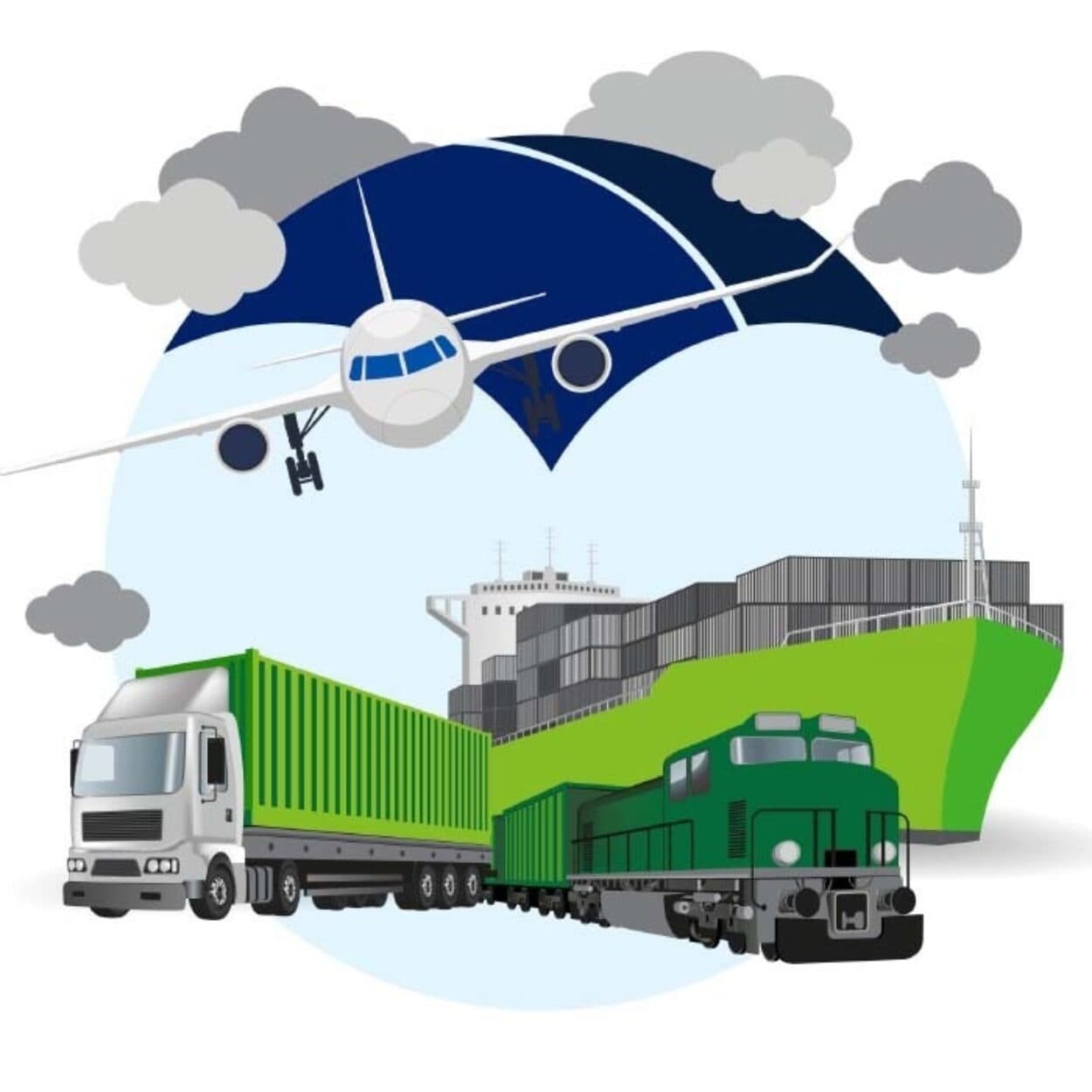Resilience of the Swiss logistics industry

Although Switzerland’s infrastructure is good overall, it does not yet have an overarching logistics strategy that shows how to ensure a resilient supply for the public and the economy across different scenarios and in all segments of the logistics industry. This is where our recommendations for action for the private and public sectors come in to strengthen resilience in cross-border movement of goods.
For Deloitte Switzerland’s Resilience Barometer, we consulted internal and external experts to conduct an assessment for eight areas of the Swiss economy, logistics being one of them. The resilience of Swiss logistics and its dimensions were examined in view of the three likely crisis scenarios of an increase in geopolitical tensions, extreme climatic events and the outbreak of a pandemic. Resilience was assessed on a scale from 100% (no noticeable negative impact) to 0% (complete breakdown).
The results of the Deloitte Resilience Barometer for Switzerland reveal major weaknesses in the resilience of the logistics industry:
Our analysis has shown that the logistics industry is particularly vulnerable in the pandemic scenario, as it is still heavily dependent on personnel. Damage to infrastructure caused by an increase in extreme climatic events would also lead to limitations. Although air travel would be largely unaffected by this, it would be vulnerable in the event of geopolitical tension or a pandemic. Specifically, the situation looks like this:
Freight transport by road is very labour-intensive, as well as being vulnerable to infrastructural damage caused by natural disasters such as landslides, mudslides and floods. A pandemic and the associated staff shortages and potential border closures would thus result in significant limitations. By contrast, geopolitical tension would have less of a direct impact. Indirectly, however, higher energy and fuel prices could have a negative effect.
Although rail is less labour-intensive than road for the same volume of goods transported, it is equally vulnerable to disruption. Control centres employ a large number of specialists who perform essential coordination tasks and keep operations going. These experts cannot be replaced at short notice. Innovations such as automatic coupling and other automation measures may replace certain manual tasks in the future and thereby increase the segment’s resilience. However, the scope for introducing automation across the board in the foreseeable future is limited at best, as safety, security and the associated risk assessments are still too heavily reliant on human intervention and experience. Self-driving trains – to name one example – would be hard to introduce given the current legal situation and are unlikely to meet with much acceptance from customers either. The situation with regard to infrastructural damage is similar to that on the roads: there are a limited number of diversionary routes available for the most important lines. Disruption and blockages would therefore cause delays and higher costs but not usually a total loss of service.
Logistics in international air freight is complicated. As well as functioning aviation, it also needs extensive landside infrastructure to ensure both that the aircraft is operated safely and the freight is handled effectively. With air freight being very expensive, it is also important how much time aircraft spend in the air and on the ground. The system as a whole thus runs to a very tight schedule, making it vulnerable to disruption affecting individual processes. A pandemic or geopolitical tension could cause the large-scale suspension of air travel or prevent the necessary services from being provided due to a lack of key specialists.
Rhine shipping does have an Achilles’ heel: the water level, which must not be too high or too low. Both extremes have an impact on the maximum volumes that can be loaded onto ships and how fast they can travel. The availability of captains also plays a significant role, and it means that Rhine shipping, too, is vulnerable in a pandemic, since personnel cannot be replaced at short notice.
Freight transport by road is very labour-intensive, as well as being vulnerable to infrastructural damage caused by natural disasters such as landslides, mudslides and floods. A pandemic and the associated staff shortages and potential border closures would thus result in significant limitations. By contrast, geopolitical tension would have less of a direct impact. Indirectly, however, higher energy and fuel prices could have a negative effect.
Although rail is less labour-intensive than road for the same volume of goods transported, it is equally vulnerable to disruption. Control centres employ a large number of specialists who perform essential coordination tasks and keep operations going. These experts cannot be replaced at short notice. Innovations such as automatic coupling and other automation measures may replace certain manual tasks in the future and thereby increase the segment’s resilience. However, the scope for introducing automation across the board in the foreseeable future is limited at best, as safety, security and the associated risk assessments are still too heavily reliant on human intervention and experience. Self-driving trains – to name one example – would be hard to introduce given the current legal situation and are unlikely to meet with much acceptance from customers either. The situation with regard to infrastructural damage is similar to that on the roads: there are a limited number of diversionary routes available for the most important lines. Disruption and blockages would therefore cause delays and higher costs but not usually a total loss of service.
Logistics in international air freight is complicated. As well as functioning aviation, it also needs extensive landside infrastructure to ensure both that the aircraft is operated safely and the freight is handled effectively. With air freight being very expensive, it is also important how much time aircraft spend in the air and on the ground. The system as a whole thus runs to a very tight schedule, making it vulnerable to disruption affecting individual processes. A pandemic or geopolitical tension could cause the large-scale suspension of air travel or prevent the necessary services from being provided due to a lack of key specialists.
Rhine shipping does have an Achilles’ heel: the water level, which must not be too high or too low. Both extremes have an impact on the maximum volumes that can be loaded onto ships and how fast they can travel. The availability of captains also plays a significant role, and it means that Rhine shipping, too, is vulnerable in a pandemic, since personnel cannot be replaced at short notice.
Recommendations
Despite these challenges, our assessment suggests that the importing of goods as examined here can be made more flexible and more agile as well as more resilient overall. These recommendations for action are intended not just for public sector but – as suggested above – for the private sector as well.
Deloitte Resilience Barometer 2022
Learn moreResilience of the Swiss logistics industry (PDF) download
Contacts & Authors

Rolf Brügger
Government & Public Services Industry Leader

Ralph Wyss
Defense, Security & Justice Sector Lead

Fabien Lussu
Partner, SME Logistics

Céline Neuenschwander
Consulting Business Operations – Government & Public Services